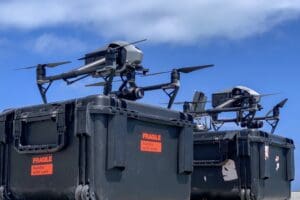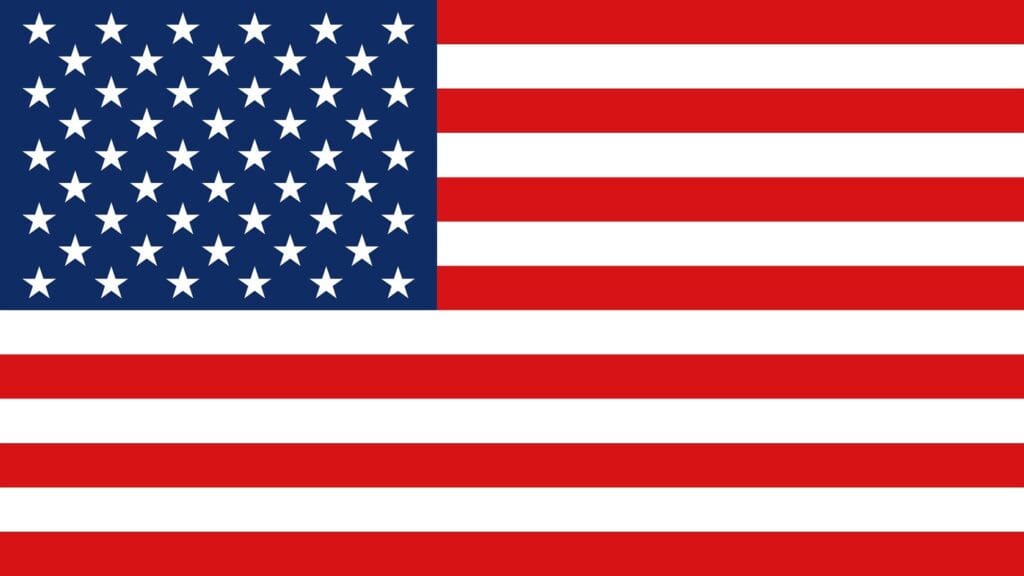General United States Drone Laws
In general, United States Drone Laws ONLY allow drones to be flown for recreational use, meaning you cannot receive any sort of compensation (whether money, free meal, or any other form of compensation) or even if part of your work. Recent changes in US Drone Laws require drones to be registered with the Federal Aviation Administration (FAA) via the FAA DroneZone Portal.
- DO NOT fly your drone higher than 400 feet Above Ground Level (AGL)
- DO NOT fly your drone beyond line of sight (without the use of binoculars or other visual aides)
- DO NOT fly a drone weighing more then 55 lbs.
- Respect others’ privacy when flying your drone
- Only fly your drone in Class E Airspace (Uncontrolled Airspace)
- DO NOT fly your drone near airports, other aircraft, and sensitive sites (such as military and power installations)
- DO NOT fly your drone within National Parks, State Parks, or within Washington, DC regardless if you are flying for Recreational or Commercial purposes. “Where can you fly?” information can be found on the FAA’s website
- Remain clear of individuals and vulnerable property while flying your drone.
- Maintain sufficient distance from populated areas while flying your drone.
- DO NOT fly your drone within areas with Temporary Flight Restrictions (TFRs)
- DO NOT fly near emergency vehicles, such as firefighters.
Regulatory Agency
Federal Aviation Administration (FAA)
Recreational Regulations
-
You must successfully Complete the Recreational UAS Safety Test (TRUST), required by the FAA -
You must only fly for recreation, meaning you will not receive any form of compensation (could be anything beyond money) -
If your drone weighs more than .55 pounds (250 grams), you must register your drone with the FAA via the FAA DroneZone Portal (click to visit)
-
You must fly within Visual Line of Sight (without the use of binoculars or other visual aides) -
You must comply with community-based safety guidelines and fly within the programming of a nationwide community-based organization (CBO) like the Academy of Model Aeronautics (AMA)
Commercial Regulations
-
Successfully Complete the Recreational UAS Safety Test (TRUST), required by the FAA. -
You must only fly for recreation, meaning you will not receive any form of compensation (could be anything beyond money). -
You must Register your drone with the FAA via the FAA DroneZone Portal (click to visit)
Drone Travel Guide
All drones should be brought on carry on luggage if possible. This is because according to the Montreal Convention, airlines are only liable for losses up to ~$1,000 USD. When traveling internationally, theft and lost luggage can be common issues, particularly if your flight has many connections. If your drone is worth more than $1,000 USD and you cannot bring it onto the plane you should consider shipping it with DHL, Fedex, or UPS instead and fully insure the shipment.
You should NOT place drone batteries in your checked baggage. All drone batteries should be placed in a Medium Size Lipo Battery Bag (fireproof) and brought onto the plane in your carry on bag. Lithium-ion batteries are considered “dangerous goods” by airlines and rules surrounding these batteries on planes are EXTREMELY strict due to multiple incidents of these batteries catching fire. Failure to properly pack lithium-ion batteries in a bag such as the one shown in the link above can result in the airline seizing them, you getting fined, or being denied boarding.

Drone Travel Policies for Most Popular Airlines
-
Aerolineas Argentinas
-
Lufthansa

